Frecuently Asked Questions About Predictive Maintenance & Emissions Compliance for Baghouses
In this article, we’ve gathered the most common questions we hear from plant managers, operations leaders, maintenance teams, and EHS professionals about predictive maintenance and emissions compliance for baghouse systems. This FAQ brings together their real-world concerns, so you can quickly understand how modern IoT tools are transforming dust collection reliability, reducing risk, and strengthening compliance across industrial facilities.
— "What is predictive maintenance for baghouses and how does IoT enable it?"
Predictive maintenance means using data to detect early signs of failure and take action before equipment breaks. For baghouses, IoT enables continuous, automated collection of signals such as vibration, motor current, bearing temperature, differential pressure across filter bags, pulse counts, and airflow. These data streams go to a central platform where analytics or simple threshold logic identify trends and anomalies. Instead of scheduled inspections or waiting for alarms, you get notifications when a bearing is beginning to degrade, a fan motor draws extra current, filters are starting to blind, or cleaning cycles are becoming abnormal. That early visibility reduces emergency repairs, avoids unplanned shutdowns, and extends component life.
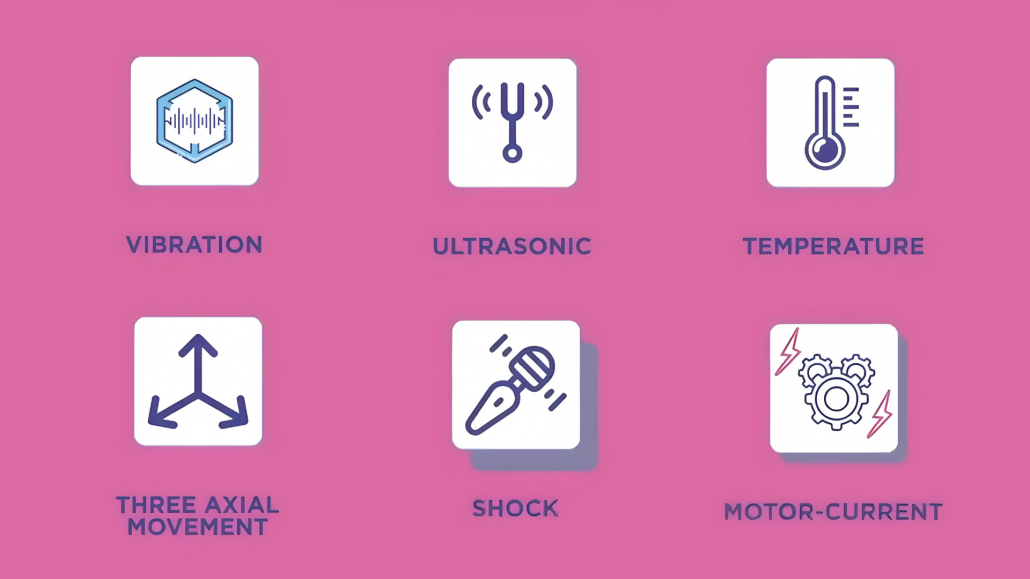
— "Which sensors and measurements are most useful for baghouse predictive maintenance?"
Key measurements include differential pressure (clean vs dirty plenum), fan motor current and temperature, vibration (tri-axial accelerometers), pulse valve counters and pilot pressure, airflow or static pressure at critical points, and particulate sensors for confirming filtration performance. Combining multiple signals gives better detection accuracy. For example, rising dP plus more frequent pulse cycles and a small increase in fan motor load is a clearer warning than any of those alone.

— "How does IoT help with emissions compliance?"
IoT provides continuous, timestamped records of emissions-related parameters: particulate counts or mass (PM2.5/PM10), differential pressure across media, pulse counts and cleaning performance, inlet/outlet temperatures, and alarm events. That data can be archived for regulators, used to demonstrate trending and corrective action, and tied to site SOPs. When a compliance breach or an excursion occurs, the system can trigger immediate alerts and produce an auditable event log showing what happened and what corrective steps were taken.
— "Can IoT systems be retrofitted to older baghouses, or do I need a full replacement?"
Most IoT solutions are designed for retrofit. Wireless, battery-powered sensors and protocol converters let you add monitoring without tearing out controls or running extensive wiring. Modbus or analog outputs from legacy devices can be converted and digitized; low-power long-range radio (LoRaWAN) or cellular gateways send data to the cloud. In many cases the baghouse’s mechanical systems remain unchanged while visibility and analytics are layered on top rapidly.
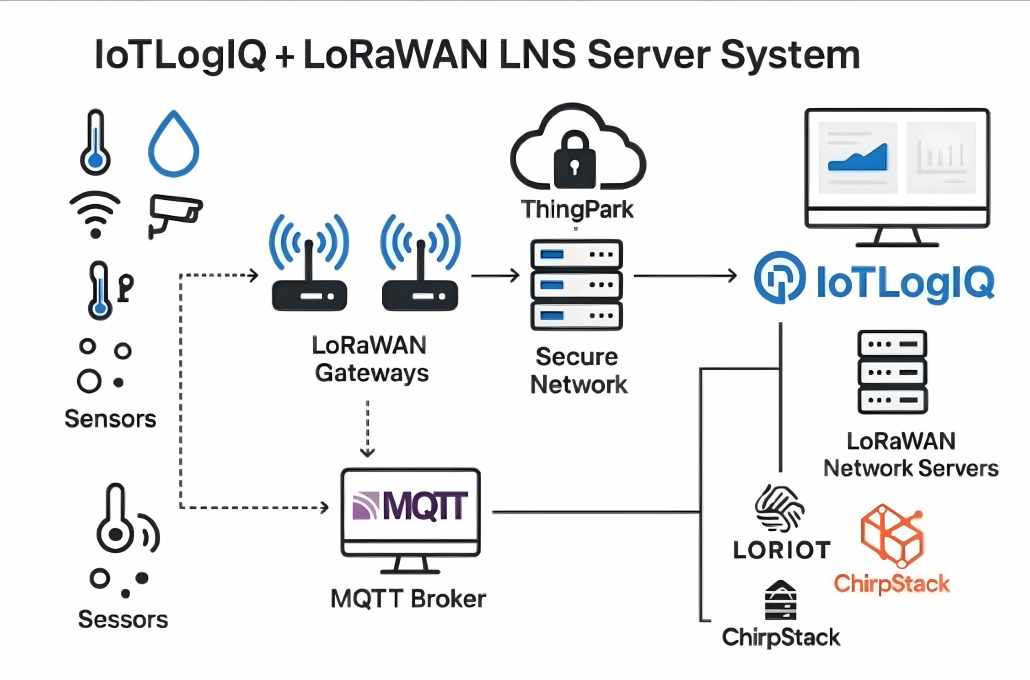
— "How fast can an IoT predictive maintenance pilot be deployed and show results?"
A focused pilot — instrumenting 1–3 critical baghouse assets — can be installed and configured in a few days. Early wins usually come from trending differential pressure, fan motor load, and pulse counts. Within weeks you can see clear trends that indicate overcleaning, leaking bags, or a failing fan bearing. Because hardware and radios are plug-and-play, the time to measurable insight is short compared with traditional SCADA projects.
— "What are the typical economic benefits and ROI drivers?"
IoT reduces emergency repairs, extends filter and bearing life, reduces unscheduled downtime, and lowers labor for manual inspections. Savings come from fewer expedited spare parts, less production loss, and lower energy (by avoiding over-cleaning or running inefficient fans). For many facilities payback on a modest sensor rollout can be 6–18 months depending on asset criticality and failure costs.
— "How do software platforms and AI turn raw sensor data into actionable insights?"
Raw data is streamed to a platform where baseline “normal” behavior is learned. Analytics do trend analysis, compare signals, and apply rules or machine learning to surface likely fault modes: bearing degradation, imbalance, filter blinding, solenoid failures, or duct blockages. Alerts are routed to the right people with suggested actions (e.g., check fan bearing, schedule bearing replacement, inspect pulse valve bank). Good platforms also provide dashboards, historical reports, and exportable compliance logs.
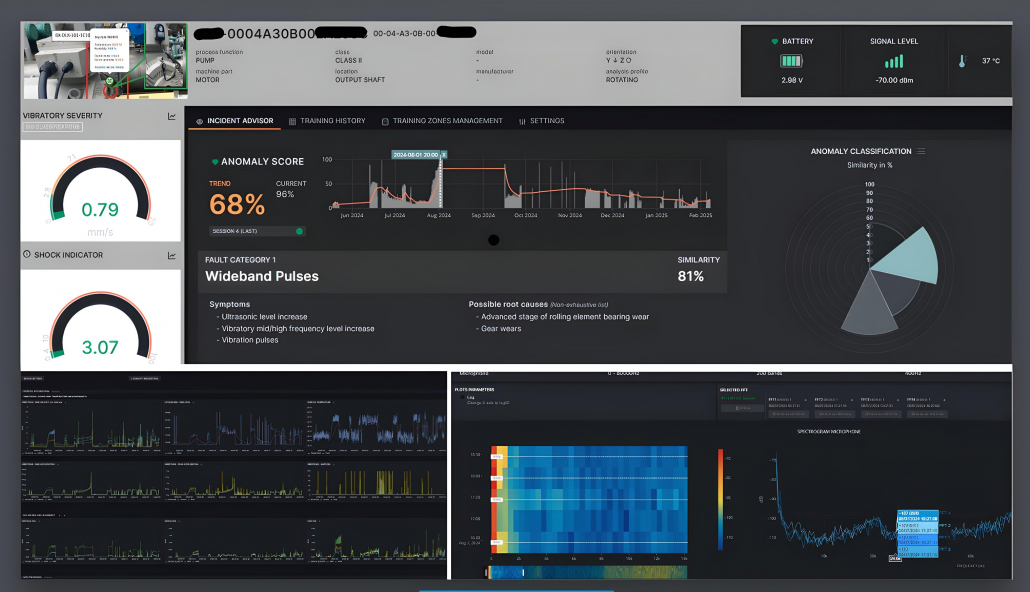
— "Are there security or IT integration concerns?"
Modern implementations prioritize security. Typical architectures use outbound-only connections from local gateways to cloud endpoints, TLS encryption, device certificates, and role-based access. IoT can be deployed cloud-first, hybrid, or fully on-premise to meet IT or regulatory requirements. For pilots, teams often use separate gateways or cellular connections to avoid heavy IT change control while proving value.
— "What are realistic, illustrative case studies that reflect typical outcomes facilities see when they add IoT monitoring to baghouses?"
Illustrative Case A — Cement Plant Fan Bearing Prediction
A cement plant struggled with intermittent fan bearing failures that forced weekend outages and expedited bearings costing five figures each. The team installed vibration sensors and motor current monitoring on the fan system. Analytics identified a rising vibration spectrum and a subtle harmonics shift two weeks before failure. The bearing was replaced during scheduled day shift hours with a planned spare. Result: one prevented emergency outage per year, three weeks less production lost, and payback in under a year.
Illustrative Case B — Aggregate Crusher with Multi-Baghouses
An aggregate producer had three separate baghouses with no central control, causing uneven airflow and premature filter failures. An IoT gateway consolidated differential pressure readings and enabled clean-on-demand logic. Trending showed one compartment was over-cleaned while another was starving. After switching to dP-driven cleaning and balancing flows, filter life extended by 30 percent and fuel/energy consumption on fans decreased due to steadier operation.
Illustrative Case C — Metal Finishing Plant: Emissions Event Avoided
A metal finishing shop used particulate monitors and plume-exit sensors integrated into an IoT dashboard. One weekend, the system detected a sudden rise in outlet particulate count and sent alarms to on-call staff. Remote access to pulse counts and header pressure revealed a stuck diaphragm. Prompt intervention prevented a permit exceedance, avoided fines, and produced an audit trail documenting response time and corrective actions.
— "How do you avoid data overload and false alarms?"
Start with a small number of meaningful KPIs and use staging thresholds: an initial “informational” band, a “service soon” band, and a “critical” band. Combine multiple signals to reduce false positives, for example require both rising dP and increased pulse cycles before flagging filter change. Regularly review alarm tuning with operators and reliability staff. Many platforms offer built-in templates for baghouse health that have been tuned in multiple installations.
— "Do I need AI or machine learning to get value?"
No. Rule-based thresholds and trend detection already provide huge value. AI and machine learning add incremental benefit by finding complex multivariate correlations and shortening the time to root cause. Facilities can see fast ROI with simple analytics and add advanced models as they scale.
— "Who should be involved in an IoT project?"
Engage operations, maintenance, EHS, and procurement early. Include IT/security to agree on deployment architecture and data handling. A cross-functional team ensures the solution solves practical problems and that alarms go to the right people.
— "How do plants measure success after implementing IoT-based predictive maintenance and emissions monitoring?"
Success is usually measured through a combination of reliability, compliance, and cost savings. Most facilities start by tracking reductions in unplanned downtime and emergency maintenance, since IoT alerts often prevent fan failures, high-DP shutdowns, and bag failures before they happen. Plants also measure how many routine inspections and unnecessary part replacements they eliminate once they shift from fixed schedules to true condition-based maintenance.
On the compliance side, success shows up as fewer emissions excursions, more stable differential pressure trends, and a stronger record of meeting permit limits. Energy use is another benchmark, with many plants seeing lower kWh consumption as fans and filters run more efficiently. Finally, teams track faster detection and response times thanks to real-time dashboards, demonstrating that IoT is helping them act earlier and more effectively.


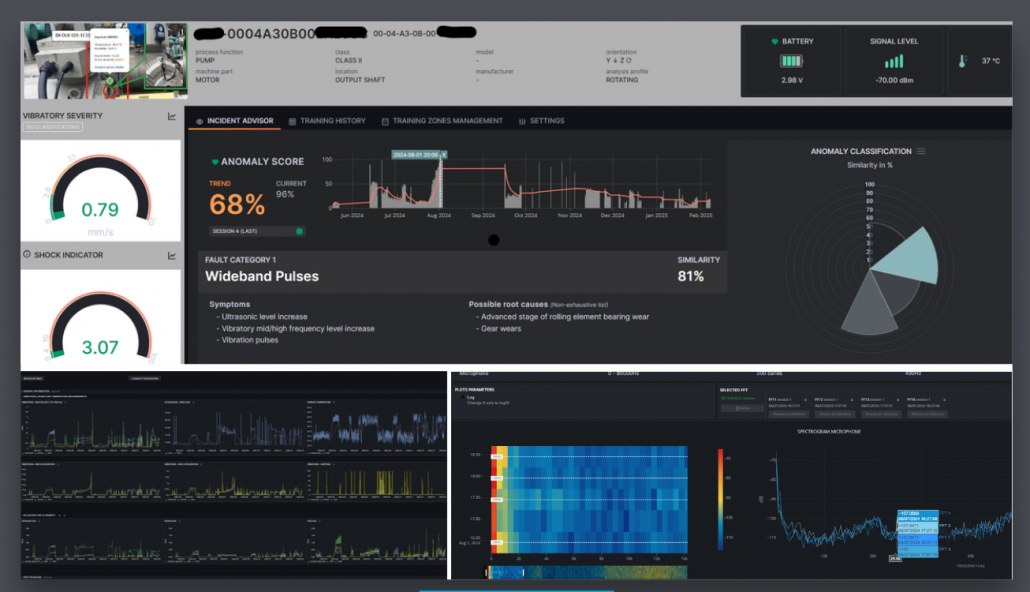
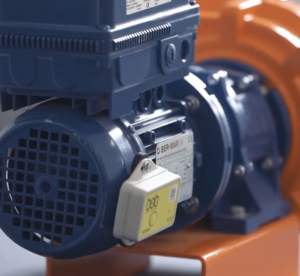 ✅ Fan motors
✅ Fan motors
 ⁉️ Will it connect easily to your equipment?
⁉️ Will it connect easily to your equipment?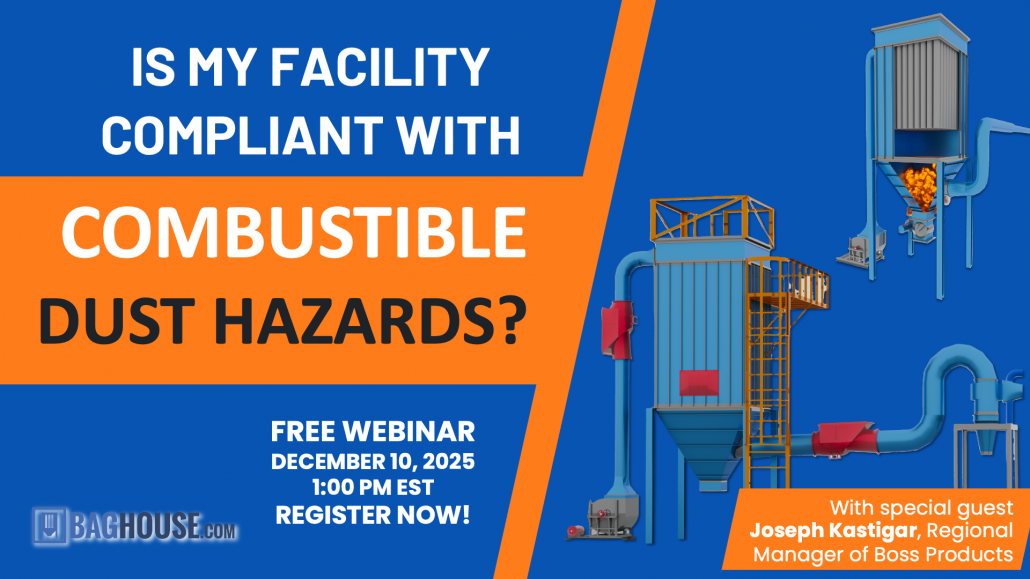
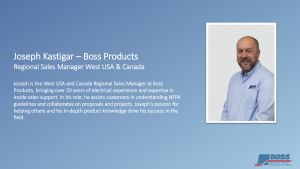
 Interstitial velocity refers to the upward velocity of air moving through the open spaces between the filter bags inside a dust collector.
Interstitial velocity refers to the upward velocity of air moving through the open spaces between the filter bags inside a dust collector.
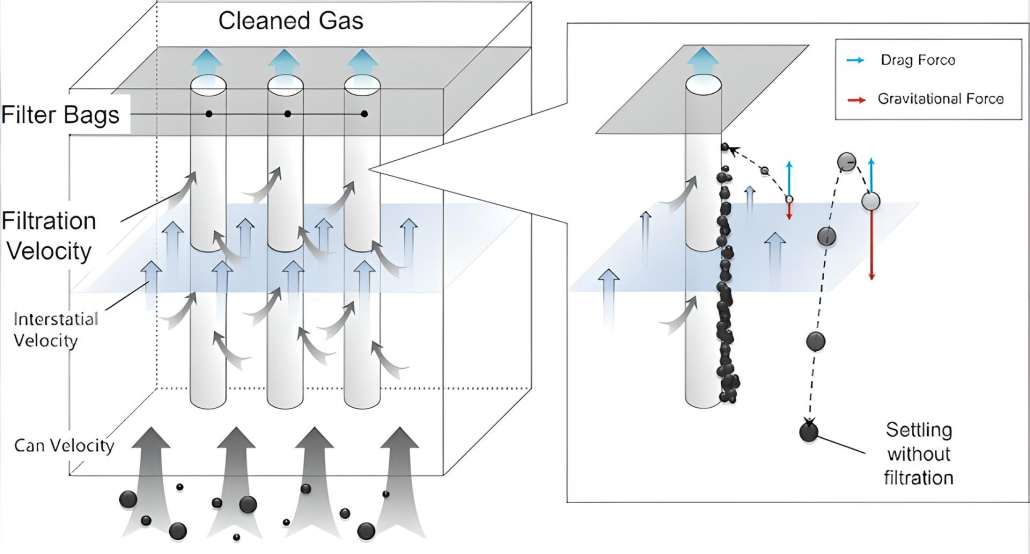
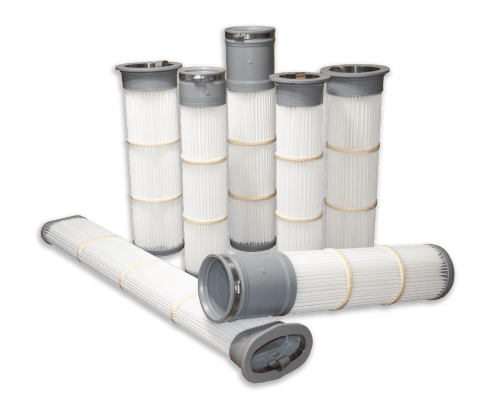
 Cement plants deal with some of the toughest dust challenges in any industry:
Cement plants deal with some of the toughest dust challenges in any industry: 
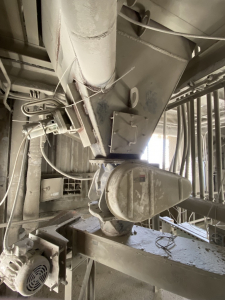
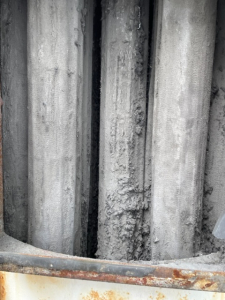
 Corrosion usually comes from acidic gases or moisture condensing inside the housing. First, inspect during cooler times of operation — look for rust streaks or pitting around welds and door seals. The fix often starts with controlling condensation by maintaining stable temperature and airflow. For chronic cases, consider upgrading to corrosion-resistant coatings or stainless-steel components in key areas.
Corrosion usually comes from acidic gases or moisture condensing inside the housing. First, inspect during cooler times of operation — look for rust streaks or pitting around welds and door seals. The fix often starts with controlling condensation by maintaining stable temperature and airflow. For chronic cases, consider upgrading to corrosion-resistant coatings or stainless-steel components in key areas.
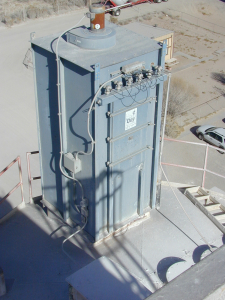 Start by identifying the size and type of silo you’re working with. Most cement and construction materials use standard small or medium silos, and for these, there are well-established
Start by identifying the size and type of silo you’re working with. Most cement and construction materials use standard small or medium silos, and for these, there are well-established 


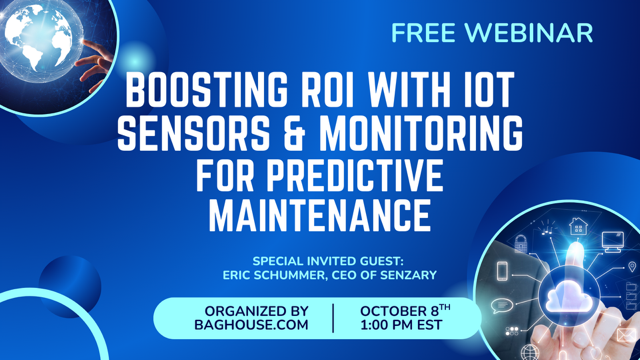
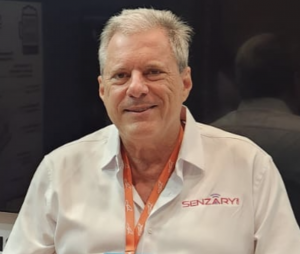
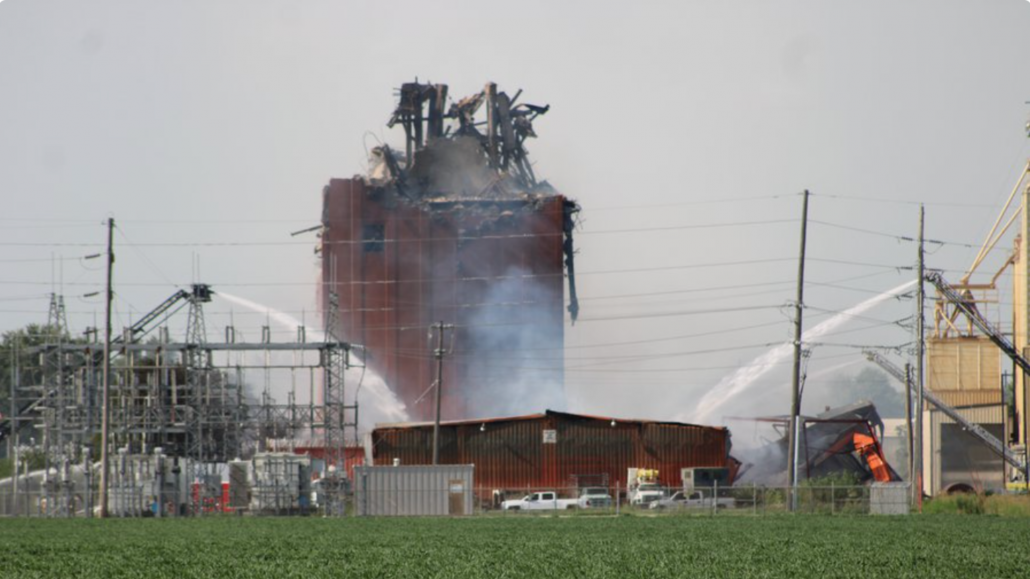
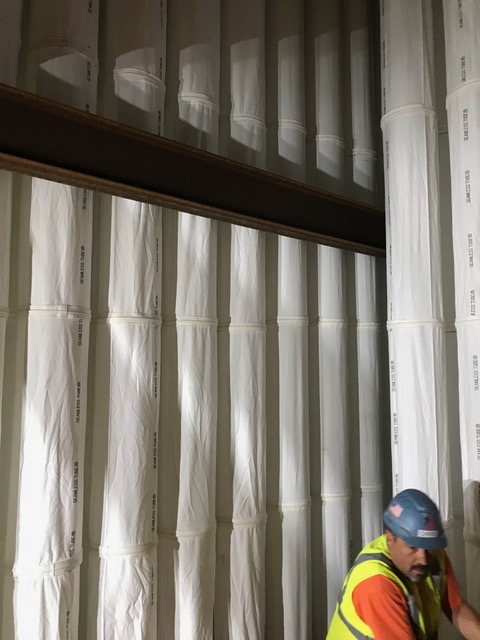

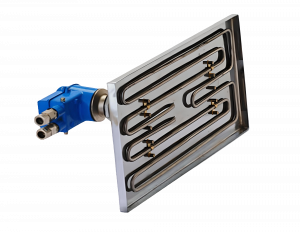
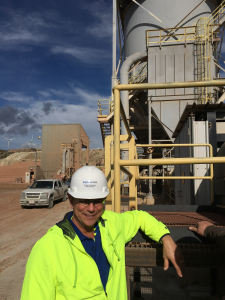
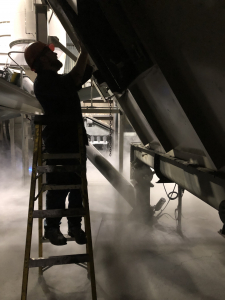 David – “John Deere – Central Foundry – Waterloo, IA – A
David – “John Deere – Central Foundry – Waterloo, IA – A 









